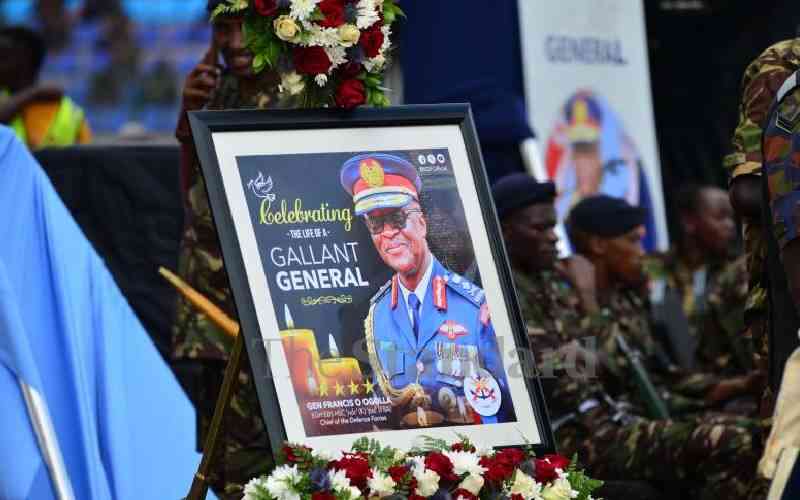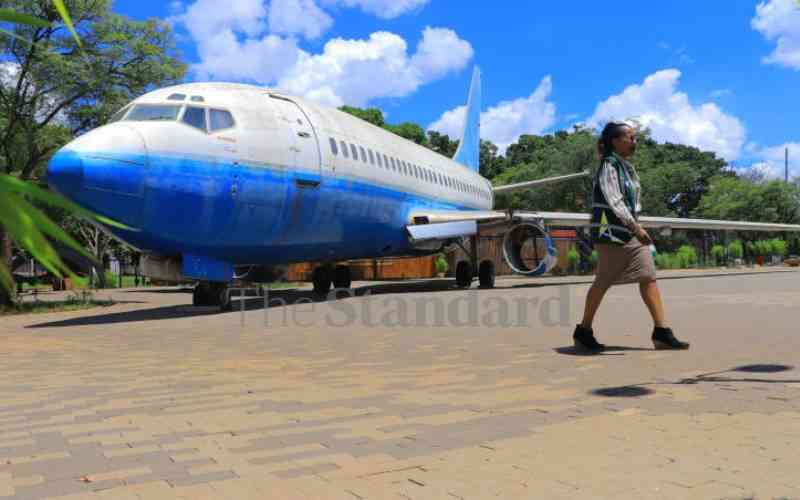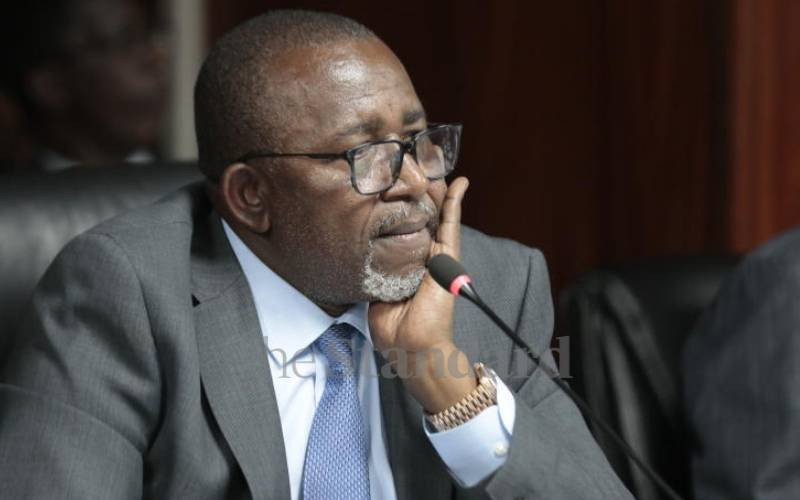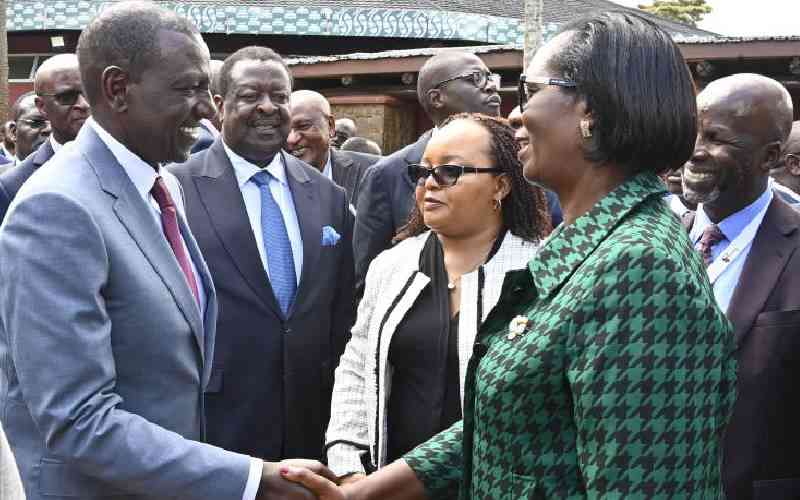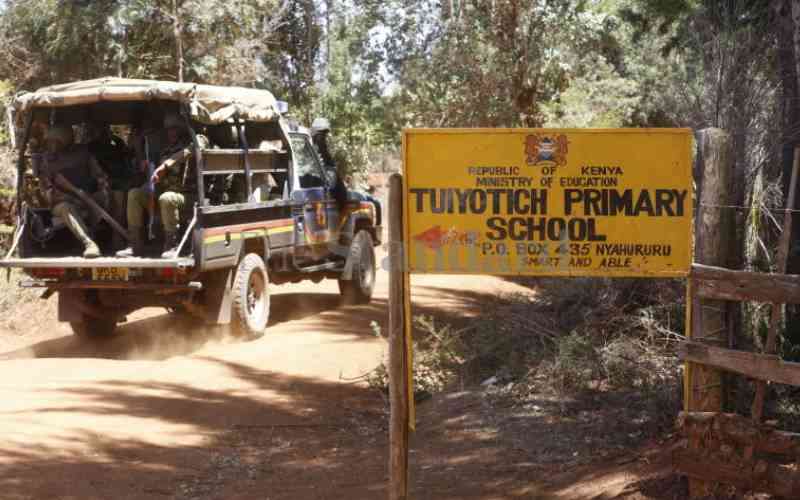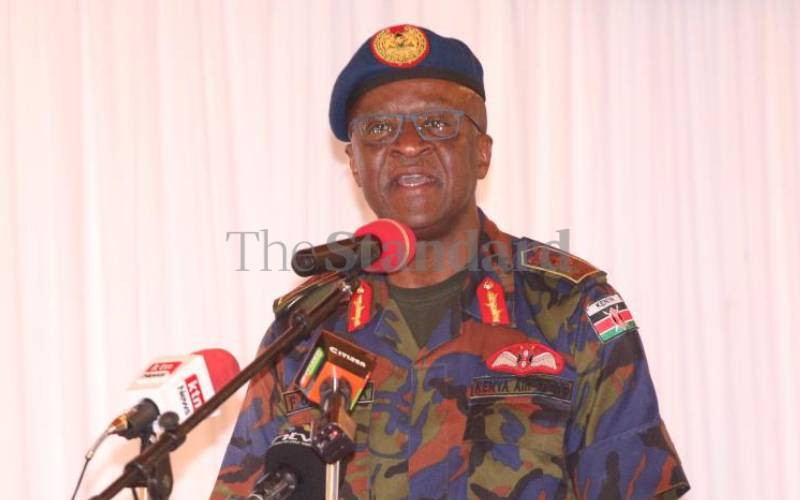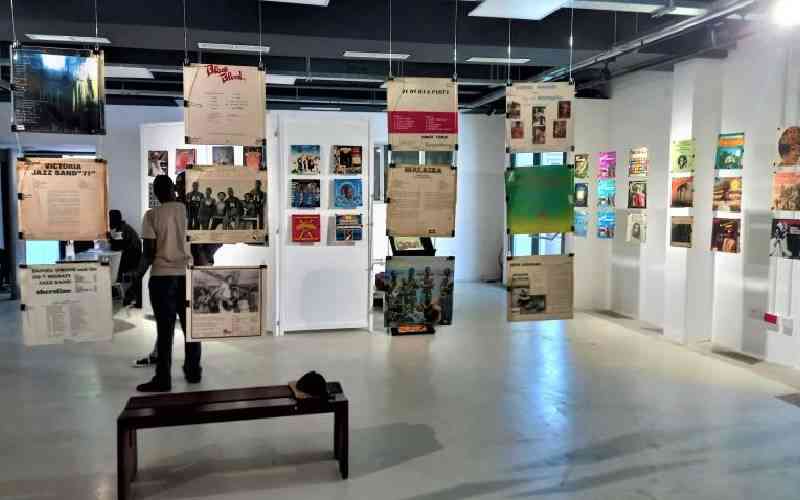
Human interactions are the very essence of our existence.
The benefits of these interactions are well documented - physical, emotional and mental well-being, better understanding of other people's way of life which promotes unity, removes biases that cloud judgments and builds tolerance which is especially critical in today's globalised world.
These interactions are the building blocks of cross-cultural exchanges which have traditionally been done through educational and cultural programmes. Cultural exchange continues to gain prominence worldwide perhaps due to its ability to forge transformations that last a lifetime - Kenya and Germany are no exceptions.
Kenya has active and growing cultural exchange programmes with many countries which have in turn massively contributed towards elevating the country's visibility and image abroad, fostering bilateral ties and bolstering the tourism sector.
The government has since independence deployed a deliberate programme of empowering its cultural and creatives talents. These efforts have been mirrored by stakeholders in the sector's ecosystem - many of whom are championing new and innovative approaches. Germany, through its cultural institute Goethe-Institut Nairobi, is one of those stakeholders that have been at the forefront of promoting its rich culture and history locally.
The end result has been an exponential increase in contemporary art exhibitions and centres, galleries and museums, festivals and concerts and national cultural events which are a testament that this development of platforms for showcasing the diversities of cultural expressions, is not by default but by design.
Alongside this, is the exposure of the unbridled talents who are inspiring the emergence of unknown and underexposed artists and creatives and together, they are challenging notions and old approaches and thinking while creating new arts and culture narratives.
It is exciting to see people and institutions. These days, it is not uncommon to see graffiti and wall murals in buildings and areas that traditionally would not be open to supporting art in the public space.
- Why urinary tract infections are more common in women
- Borana leaders urge elders to enforce FGM ban
- Nine Kenyan food systems fellows graduate in Addis Ababa
- Feed and fodder committee seeks partnership to ease risks of poor quality
Keep Reading
New and experimental works are being created every day including on online platforms. This transition has partly been informed by Covid-19 restrictions which opened the world's eyes to the need to adopt digital technology to deliver projects. In November 2022, for example, Goethe-Institut Nairobi together with its partners, successfully showcased Virtual Reality exhibits during the State of the ARt exhibition which gave credence to what creatives and artists can do when presented with new tools, new media and technology.
These changes have heralded a shift in the provision of cultural spaces where artists can display their work and projects. Undoubtedly, the cultural and creative sector is poised for growth and our hope is that all stakeholders will take ownership of the sector and challenge its public's view as only a source of entertainment. Collectively, they can then begin to maximise and unlock the massive potential that it holds as a serious income generator, job creator and top foreign exchange earner.
-Ms Kobler is director, Goethe-Institut Nairobi. [email protected]
 The Standard Group Plc is a multi-media organization with investments in media platforms spanning newspaper print
operations, television, radio broadcasting, digital and online services. The Standard Group is recognized as a
leading multi-media house in Kenya with a key influence in matters of national and international interest.
The Standard Group Plc is a multi-media organization with investments in media platforms spanning newspaper print
operations, television, radio broadcasting, digital and online services. The Standard Group is recognized as a
leading multi-media house in Kenya with a key influence in matters of national and international interest.

